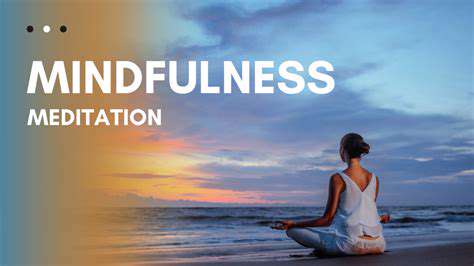تقنيات الاسترخاء الفعّالة لتخفيف القلق

فهم المبادئ الأساسية لتمارين التأمل اليقظ
استرخاء العضلات التدريجي: ترويض التوتر البدني لا يقتصر الاسترخاء التدريجي للعضلات (PMR) على الشعور بالاسترخاء فحسب، بل هو طريقة لفهم كيفية ظهور التوتر البدني في أجسامنا.
فهم آليات التوتر
Read more about تقنيات الاسترخاء الفعّالة لتخفيف القلق
استراتيجيات فعالة لإدارة مستويات القلق والضغط
استكشاف الذهان المرتبط بالقلق: علامات وخيارات العلاج
التعرف على أعراض اضطراب الوسواس القهري لدى المراهقين والشباب